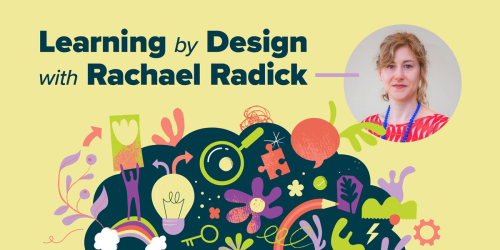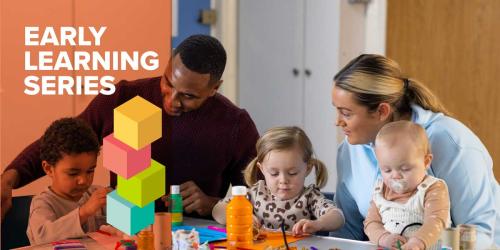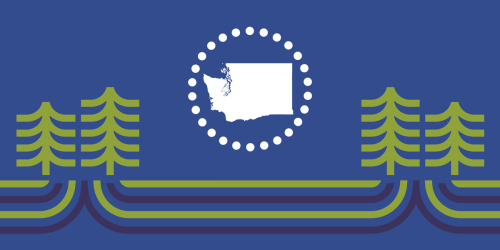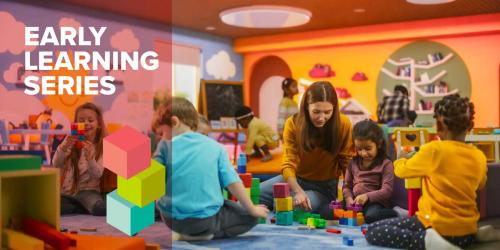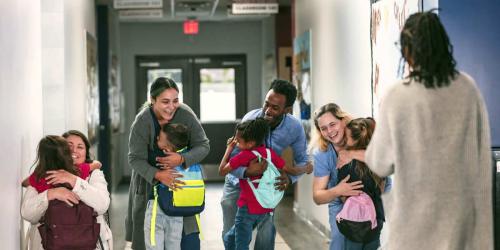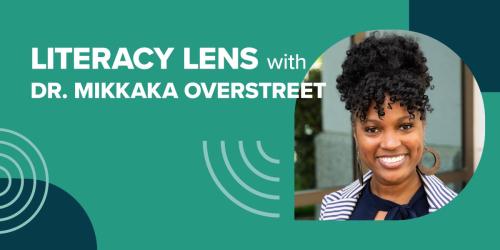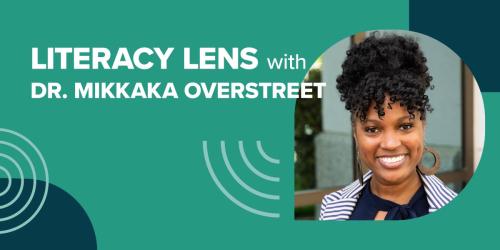Our approach ensures that every provider can access high-quality training that prepares them to deliver safe, responsive, and developmentally appropriate care.
Reading aloud is both a powerful literacy strategy and a celebration of our shared humanity.
Intentional design of trauma-informed learning experiences promotes safety and well-being while fostering deeper engagement.
Lindsay Camp, a lead preschool teacher in Leavenworth, WA, shares her welcoming and inclusive approach to engaging all families, all year long.
All across Washington, regional partners are working to create place-based, collaborative solutions to help all students transition from high school to college and career
With the right data, states and regional agencies can better align career prep programs to labor market needs—benefitting workers, employers, and entire communities.
A strategic planning process that engages the community, leverages data, and prioritizes realistic solutions can be a catalyst for transformation.
Leaders play an important role in promoting play-based learning. Here are research-based tips for getting started.
This self-assessment helps districts plan an effective, systemwide approach to engaging families.
The City of Seattle partnered with families to fund organizations working on family-school partnerships. Here’s what we learned from the family-led process.
Small group instruction is an essential part of effective literacy instruction, and the beginning of a new school year is the perfect time to establish your routines.
California Reconnect is bringing adults back to college. Explore findings from our evaluation and what conditions are needed to scale effective re-engagement programs.
Our Collaborative Analysis Process engages community members in making meaning of data and setting priorities. Together, we build buy-in and momentum for change.
States like Oregon are using targeted funds, evidence-based approaches, partnership, and community engagement to build and sustain literacy gains over the summer.
The Overdeck Family Foundation awarded Education Northwest $1.25 million to conduct a randomized controlled trial to study the efficacy of Springboard’s after-school model.


